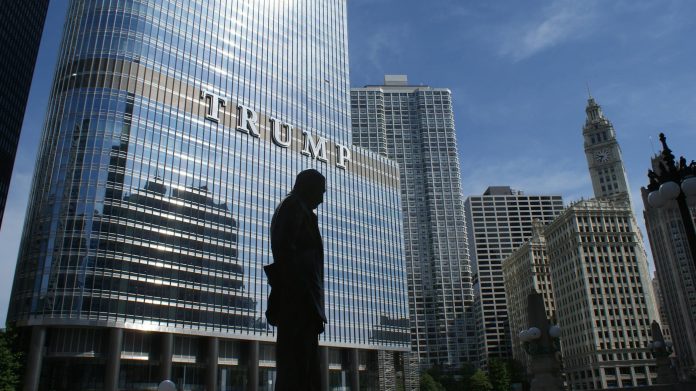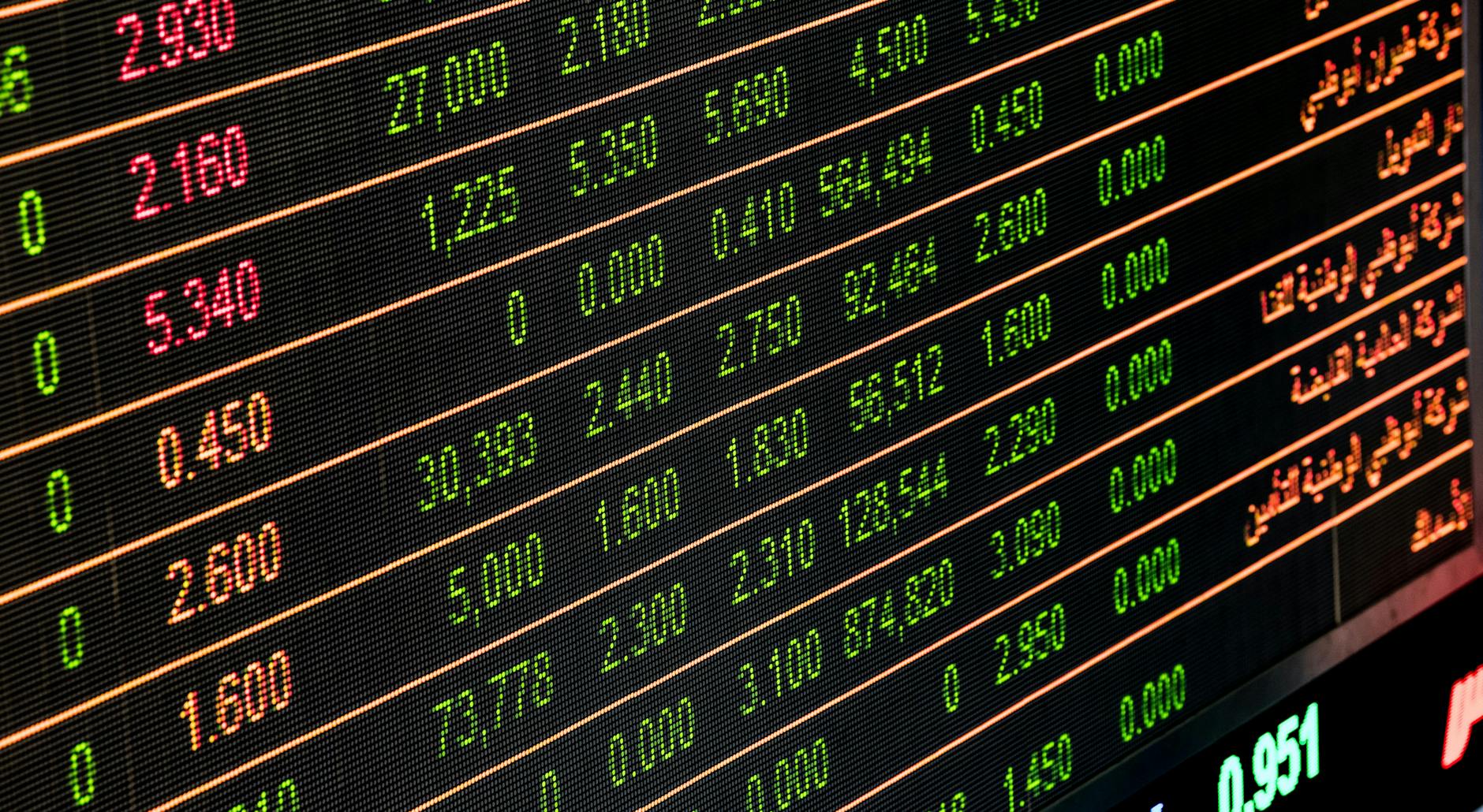The construction industry continues to face material and labor shortages as more projects are introduced in line with rising worldwide demands. The green building sector is no stranger to this phenomenon, with the lack of skills and sustainable materials threatening to impact project budget, timeline, material availability, investors and consumer interest.
Reasons for Material and Labor Shortages
Compared to rising demand due to increased projects post-lockdown, the lack of workforce across the broader construction industry creates an imbalance in the workforce. This contributes to the need for more workers in green construction and skilled talents, especially in green and sustainable construction.
In the U.S., more than 40% of construction personnel are predicted to retire in the next 10 years. This significantly impacts the green building labor shortage, creating a gap for experienced talent in the field.
In addition, the industry’s exponential growth means staff must be trained diversely to meet the technological advancements and technical innovations in constructing sustainable buildings. In the past five years, the number of green jobs worldwide increased by 8%, but the green talent pool grew by about 6% only in the same period.
There is a lack of material production for many reasons, including less demand than conventional buildings, caused by the reduced awareness of eco-friendly projects. This, in turn, increases the price of these materials, stumps investors’ interests and stalls research and development for innovations in the field. About 78% of investors see climate issues as financial risks, and concerns regarding materials and talents can further put them off.
Apart from this, the procurement of green materials remains a gray area because many are not knowledgeable about what constitutes green and vice versa. The contracting and approval process becomes longer, making it risky for investors. Green materials also include responsible manufacturing, which could still be a hurdle for many producers and may increase the product price, adding to the reduced appeal.

Impacts of the Shortages
Beyond project delays, material and labor shortages can significantly impact green building initiatives.
Inadequacy disrupts productivity because lacking materials and talents can prevent a project from continuing. Without the right skills, a project may not meet its goal in time, further affecting the operational efficiency of the construction.
It also expands the original budget and promotes waste. Wasted time and resources translate to more capital channeled into the project, ballooning the project’s financial performance and hindering investors from considering future green building projects.
It further affects the image and perception of green building initiatives among owners. Many think green buildings are more expensive and less visually appealing than their traditional counterparts.
Strategies to Overcome Material and Labor Shortages
There are many ways to improve material and labor shortages in the green building industry.
Companies should offer and improve training certifications in green building skills. This can help the organization diversify their workforce and train them in functional company-niche areas for their projects. To increase uptake, they can also introduce incentives and bonuses for existing employees who join the green courses.
In 2023, global financial issuance was at $1.3 trillion, decreasing from $1.55 trillion in 2022 and $1.8 trillion recorded in 2021. This proves a lack of monetary assistance for green projects, so banks should introduce more opportunities for these constructions. These could include loans, green bonds and other facilities to alleviate some of the financial burden of these projects.
The government should also enhance the existing green material standards and governance to ensure more precise and comprehensive classification and certification of these materials. Some certifications are already being used as a benchmark in sustainable product purchases.
For example, people purchase appliances with an ENERGY STAR rating because they use 20% to 30% less energy than those without. With better regulatory supervision, the government can reduce investors’ risks, increase these projects’ appeal and reduce greenwashing concerns.

Multi-Pronged Action Needed to Improve Green Building Resources
Green buildings are the cornerstone of reduced carbon footprint and climate change impact. Therefore, stakeholders like manufacturers, contractors, financial institutions and the government must work together to ensure a continuous supply of resources and help the industry thrive.










